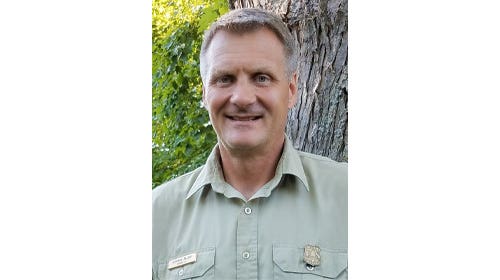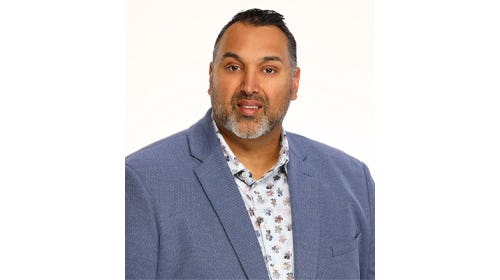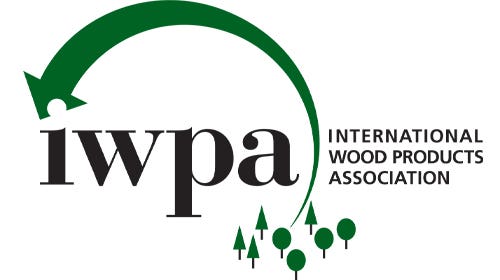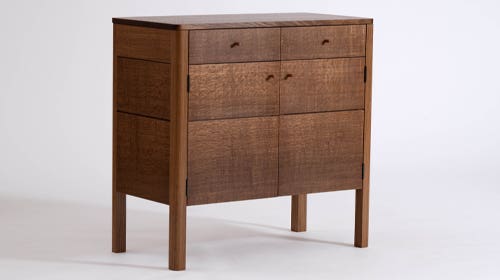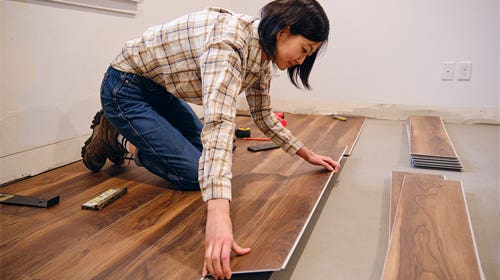Teak persists as top shelf specialty wood
Teak is holding a unique position in the exotic hardwoods arena
Teak is holding a unique position in the exotic hardwoods arena at the present time, according to lumber suppliers interviewed by Woodshop News. Recognized for its density, durability and sheer beauty, consumers seem to relish everything about it, save for its price.
Bob Putnam of Rare Woods U.S.A. in Mexico, Maine says prices are steering customers to more affordable alternatives and away from his inventory of Burmese or ‘genuine’ teak (Tecona grandis), brought in years ago by the company’s late founder, Rory Wood.
“We just don’t sell very much of it. All we have is 12/4 and 16/4 and people look at that, and look at the $35/bf, and they buy something else,” says Putnam.
“More often, people look for the common substitutes such as iroko (Milicia excelsa) or afrormosia, or African teak (Pericopsis elata). Those also share the qualities of being really good with outdoor exposure like genuine Burmese teak does, and are much less expensive, particularly the iroko.”
Aside from higher shipping costs, many of the teak trees and even some of their substitutes are subject to strict trade regulations that complicate moving exotic stock, further increasing supply issues.
Kevin Yardley of Diamond Teak in Sellersville, Pa. is a reforestation expert who specializes in manufacturing and selling sustainable teak furniture and accessories throughout the world. He also plants and harvests trees of various species on plantations in Central America and sells them as FSC-certified products on a global scale as well, a service that makes up about 10 percent of his business. He says his customers prefer knowing his products have met proper certification criteria.
“All the teak from Costa Rica where we work, it’s all planted for human consumption, like corn from Iowa or potatoes from Idaho. It’s planted in rows, and we process it, and we ship it all over the world. We supply global timber in Denmark, they buy up to 30 container loads of teak a month. They love that it’s FSC certified and chain of custody. They won’t buy wood if that’s not the case. A lot of our clients won’t buy the wood unless it’s FSC certified and chain of custody,” says Yardley, who adds much of his supply is on back order due to the pandemic.
Yardley has worked with and planted hundreds and thousands of teak trees for over 30 years, and in that span lived on a teak plantation in Costa Rica for seven years. Having so much experience with the species, he’s familiar with sourcing difficulties associated with it.
“The teak supply now is tenuous. It’s limited. There are lot of problems with the supply chain and a lot of people cannot get wood. Teak is very expensive. It’s an industrial application wood,” he says.
“If you look at teak, currently, most of it is cut too young. You need teak to be at least 25 years old, almost like a light switch goes off when it turns into that older growth [with] tighter growth rings, more oil, more silica in it.”
This article was originally published in the May 2022 issue.



